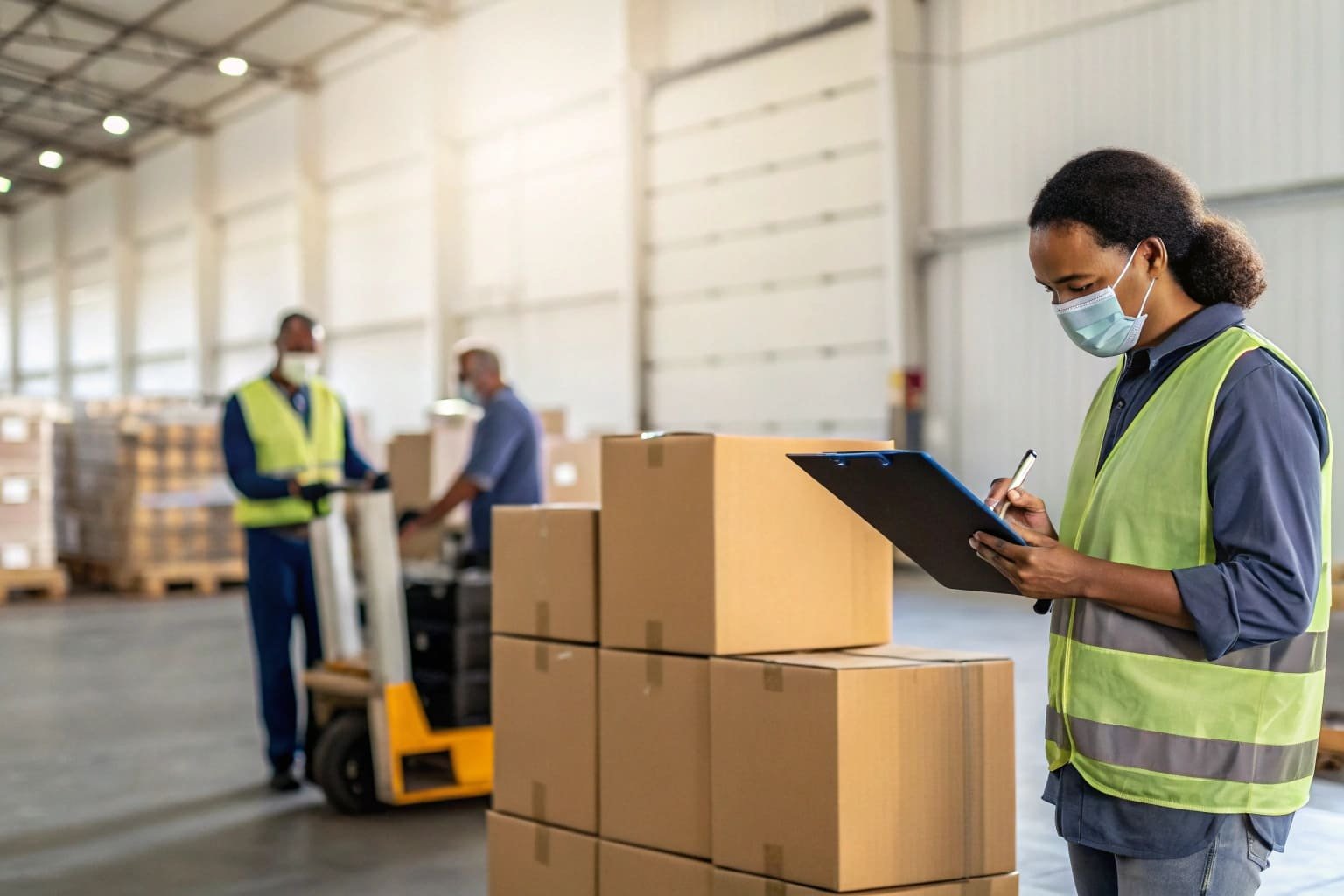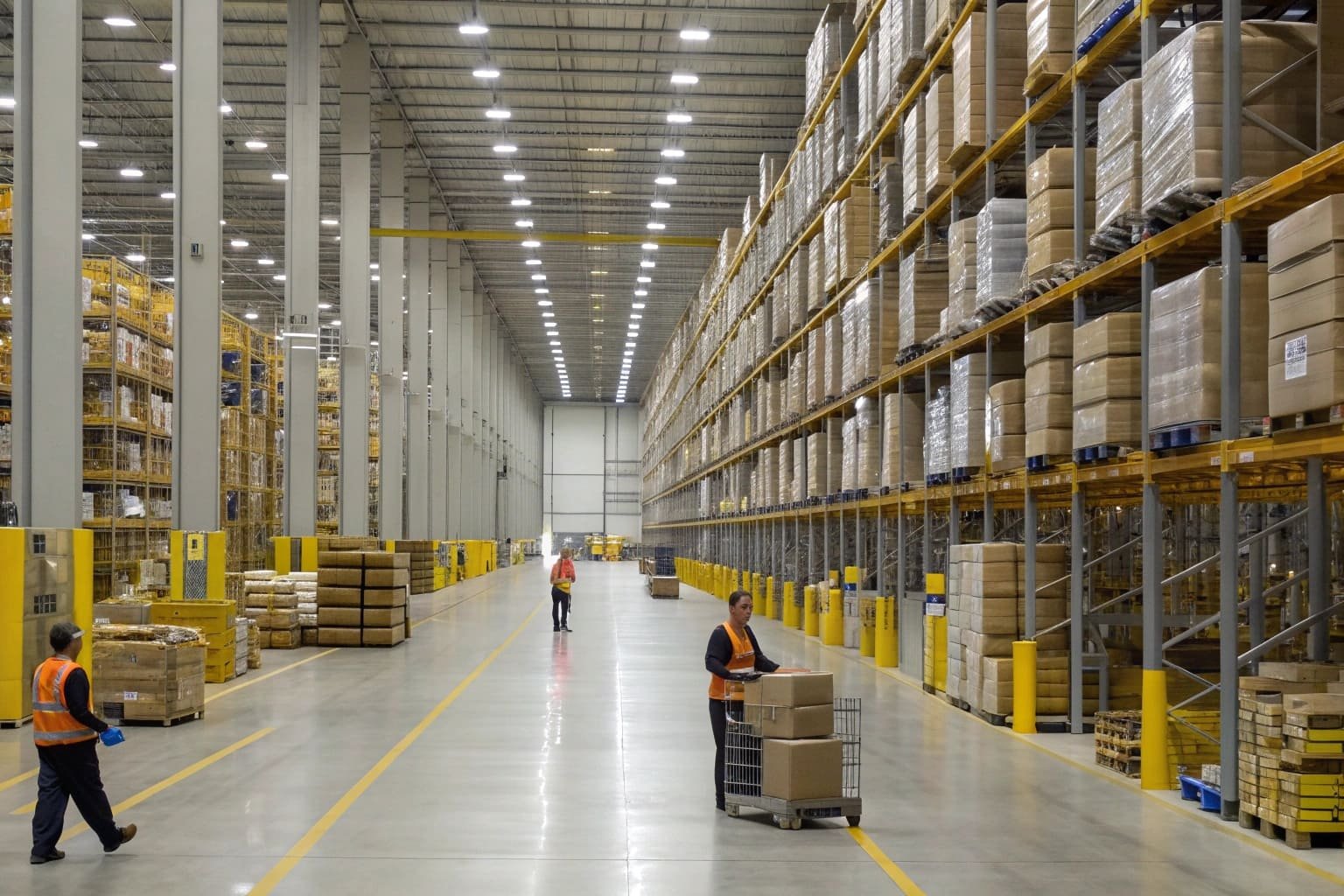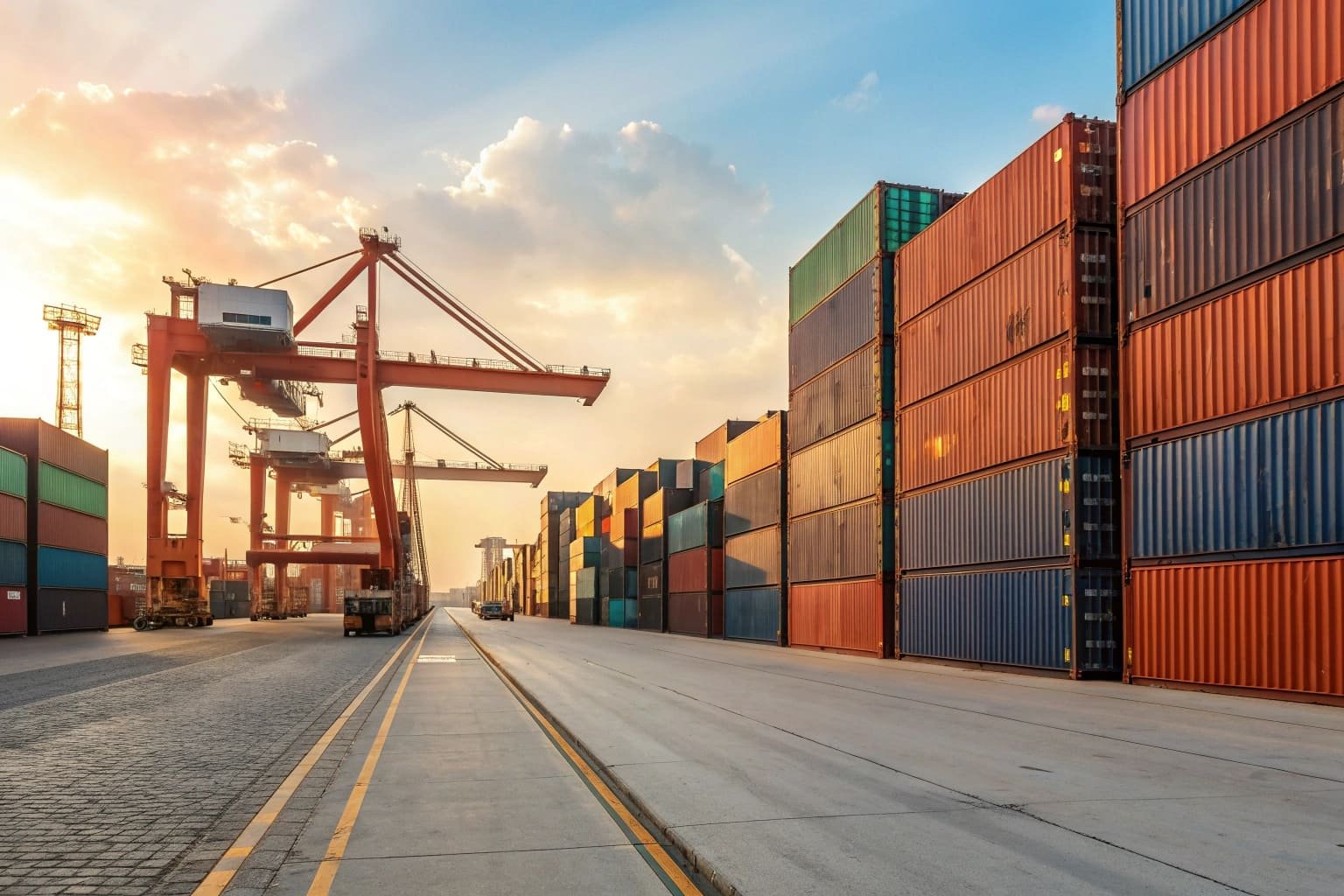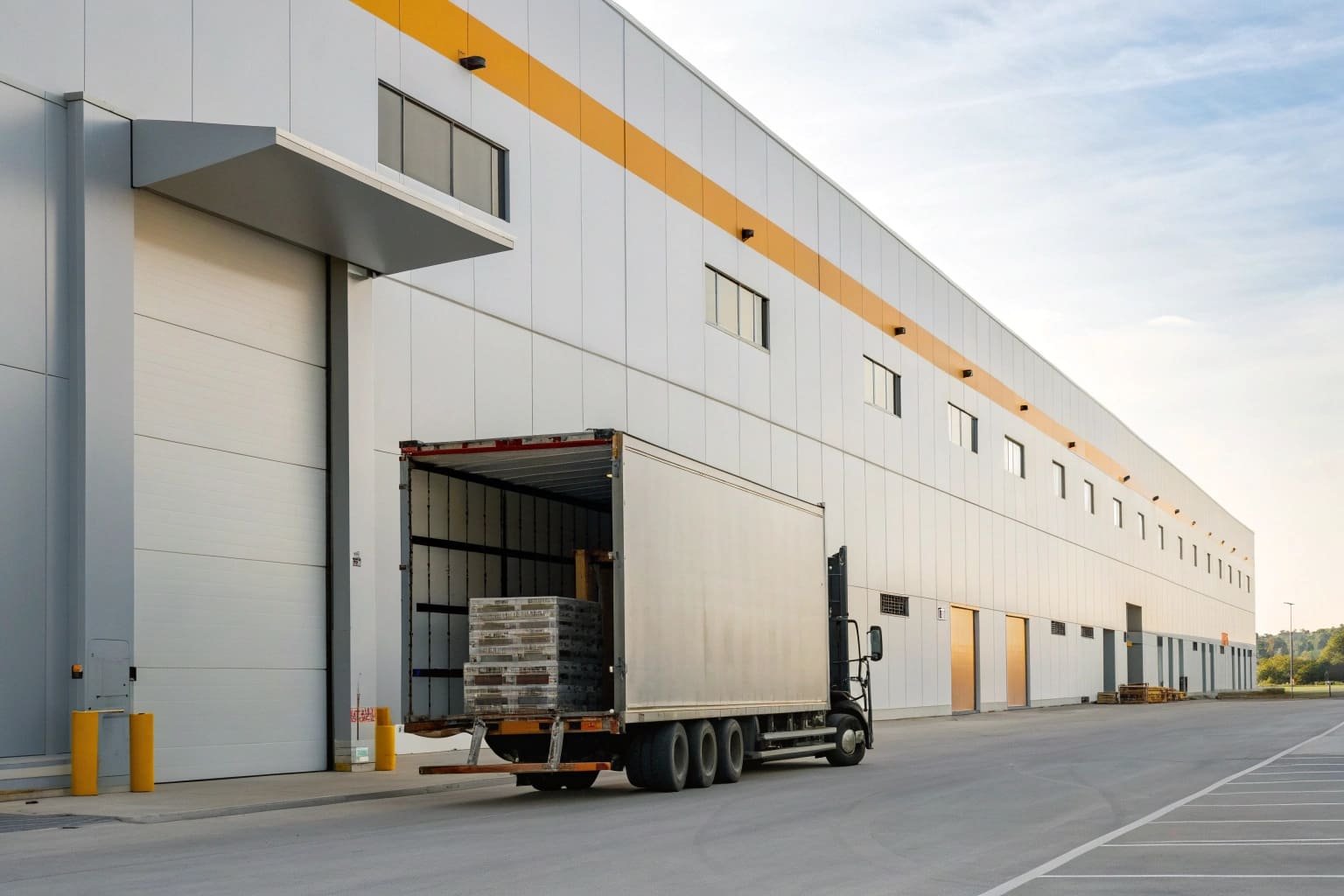Why Import Products from China?
In recent years, as the "world's factory," China has played a significant role in global consumer goods production. China's robust supply and production capabilities, along with its comprehensive infrastructure, greatly facilitate purchasers in quickly acquiring products. For visionary business owners, buying and reselling high-quality goods manufactured in China can yield substantial profits.
According to the latest data from the Chinese government's website, in the first five months of 2024, China's total import and export value reached $2.46 trillion, up 2.8%. Exports amounted to $1.4 trillion, up 2.7%; imports were $1.06 trillion, up 2.9%; and the trade surplus expanded by 1.8% to $337 billion. Since 2013, China remains the most powerful trading nation.
Cost-effectiveness is a key factor in importing products or manufacturing materials from China, but it is crucial to conduct research before starting this strategy. When companies choose to import products from China, they usually do so in bulk, which naturally raises concerns. However, Chinese factories have massive facilities capable of producing large quantities of products easily and efficiently.
The process of importing from China can be complex, requiring planning and relationship building. A lack of planning can lead to delays, missed deadlines, and profit losses.
Here are seven steps you can take before importing products from China:
Step #1 - Qualifications Required & Product Restrictions
The first step to becoming a goods importer is to determine if you have the legal right to import specific products. The Chinese goods you import may be subject to certain guidelines in the destination country, so it's best to understand any applicable restrictions. China also has its own regulations, such as restrictions on exporting counterfeit designer clothing, handbags, and animal by-products. Familiarize yourself with the import and export laws of both China and your country to avoid legal issues.
| Country | Importer Qualifications Required |
|---|---|
| USA | - Must have a registered business entity. - Employer Identification Number (EIN) required. - Compliance with FDA, USDA, or other relevant bodies for specific products. |
| EU | - Economic Operators Registration and Identification (EORI) number. - Must comply with EU standards and regulations. - VAT registration might be necessary. |
| Canada | - Business Number (BN) required from the Canada Revenue Agency. - Must comply with Canada Border Services Agency regulations. - Specific licenses for controlled products. |
| Australia | - Australian Business Number (ABN) required. - Compliance with Australian Customs and Border Protection regulations. - Import permits for certain goods. |
| Japan | - Must be registered with Japanese Customs. - Compliance with Japanese Industrial Standards (JIS) for specific products. - Specific import declarations and permits. |
| China | - Chinese importers need to be registered with Chinese customs. - License for import according to product category. - Compliance with safety and quality inspections. |
| India | - Import Export Code (IEC) required from the Directorate General of Foreign Trade. - Compliance with Indian standards for product safety and health. - Specific licenses for agricultural and textile imports. |
Here are some products from China that need to comply with regulatory requirements and are advised to avoid when importing:
- Meat, poultry, and animal by-products
- Seeds
- Fruits and vegetables
- Cosmetics, medical products, and drugs
- Any flammable fabrics
- Tobacco products
- Explosives
- Precious metals
- Any branded products, whether genuine or counterfeit
- Alcohol (without proper licensing)
- Any type of vessels or motor vehicles (without proper licensing)
One of the most critical parts of your business is finding excellent resale products. Do some research to find out which products are selling well, and it's best if you have at least some knowledge of these products. We recommend choosing from products and areas you are familiar with, as this will be more beneficial for the smooth operation of your business later on, as the cost of learning about a familiar product will be lower.
Step #2 - How to Choose Products to Import
Choosing the right products to import is a crucial decision that can significantly impact the success of your business. Here are some guidelines to help you select products that are likely to be profitable and sustainable:
Market Research: Conduct thorough market research to understand consumer preferences and demands in your target market. Look for trends and gaps in the market where demand exceeds supply. Tools such as Google Trends, market research reports, and sales data from major retailers can provide valuable insights.
Competitor Analysis: Analyze what products your competitors are importing and how they are positioning them in the market. Identify products that are performing well and consider similar offerings. Also, look for opportunities where you can differentiate your products to create a competitive edge.
Profitability Analysis: Assess the potential profitability of different products. Consider factors such as unit cost, shipping expenses, import duties, and other overheads. Calculate the potential retail price and profit margin to ensure that the products you choose can generate adequate returns.
Scalability: Consider whether the product offers scalability. As your business grows, you will need to ensure that the product can be sourced in larger quantities and possibly at better rates. A scalable product will allow you to expand your business more smoothly.
Seasonality and Trends: Be wary of products that are highly seasonal or based on fleeting trends unless you have a clear strategy for managing such cycles. It's generally safer to start with products that have consistent year-round demand.
By following these steps, you can make informed decisions on which products to import. This strategic approach will help minimize risks and increase the likelihood of achieving a profitable import business.
Step #3 - Find Suppliers
Finding the right supplier is crucial for ensuring the quality and reliability of the products you import from China. There are several methods to locate and vet potential suppliers:
Finding the right supplier is crucial for ensuring the quality and reliability of the products you import from China. Here are several methods to locate and vet potential suppliers:
- Using Online B2B Trade Websites: Platforms like Alibaba.com, Made-in-China.com, and Global Sources are pivotal in connecting buyers with Chinese suppliers. Each platform offers unique features:

Gold Suppliers: Premium members verified by Alibaba, known for reliability and quality.
Trade Assurance: A service that ensures suppliers meet the contractual terms of product quality and delivery schedules.

- Audited Suppliers: Suppliers on this platform undergo an auditing process, which includes checking business licenses and facility inspections, to verify their credibility.
- Rich Product Categories: This platform is well-known for its vast range of industrial and manufacturing products.

- Verified Suppliers: Global Sources emphasizes transparency by providing supplier capability assessments and company verification reports to buyers.
- Focus on New Technologies: Particularly strong with electronics and high-tech products, often showcasing the latest innovations.
2. Attending Trade Shows: Participating in trade shows such as the Canton Fair and other specialized exhibitions provides a unique opportunity to:

- Meet Suppliers in Person: Building personal relationships can lead to better negotiation outcomes and long-term partnerships.
- See Products Firsthand: Evaluate the quality of products directly, which can be crucial for certain goods.
- Compare Options Efficiently: Quickly compare offerings from multiple suppliers in a single location.
3. Using Google Search: Using specific keywords to search on Google, such as "Glass Bottle Manufacturer China," can reveal suppliers who may not be present on the major B2B platforms. This approach can provide:

- Direct Access to Company Websites: Obtain comprehensive information directly from the supplier’s site.
- Broader Range of Suppliers: Potentially less competitive pricing and unique product offerings from smaller or more specialized suppliers.
By leveraging these three methods, you can efficiently locate reliable suppliers that meet your specific business needs. Each method has its advantages and can be used in conjunction to ensure a thorough vetting process.
Choosing Between Chinese Factories, Trading Companies, or Procurement Agents
You can choose to import directly from Chinese factories, or consider using professional trading companies or procurement agents. It's essential to understand which purchasing method best suits your business. Let's examine the pros and cons of each option presented in the table below:
| Type | Advantages | Disadvantages |
|---|---|---|
| Factory | - Lower product prices due to no middleman costs - Offers OEM/ODM, customization, and packaging services | - Poor customer support - Minimum Order Quantities (MOQ) may vary based on product trends/demand |
| Trading Company | - Wide range of product choices - Greater control over quality assurance processes - High-quality service and strong customer support | - Generally higher product costs - Lower or no Minimum Order Quantities - Limited design options available for products |
| Procurement Agency | - A better option for inexperienced beginners, as it allows you to network with trusted resources and access suppliers you might not find on your own | - Charges an introduction fee of 3% to 15% of the purchase price |
Understanding the differences between these options can help you make a more informed decision on how to best approach importing products from China. Each has its unique benefits and drawbacks, so choose according to your specific needs and capabilities.
Step #4 - Check the Products
When you find a supplier, ask them for product samples so you can visually assess the quality of the products and their service before mass production. Remember, while price is important, cooperation with a professional and friendly supplier is more crucial. In cases of equal quality, choose a more friendly supplier who can help you solve problems in a timely manner, making your subsequent orders run more smoothly.
Step #5 - Product Classification and Tariff Numbering
Now that you have your products, the next step is to classify them using a ten-digit tariff classification code. With this code, you can obtain and calculate the import duty rate. This figure can be added to the product price and shipping cost to determine what you will charge your customers, thereby making a profit. It's important to make this estimate—before you receive your first shipment, you may not have exact figures.
Try to get close to the cost, as underestimating can lead to losing customers or profits.
Step #6 - Place Your Order
Minimum order quantities and shipping agreements vary by company. Most companies in China require a minimum order of 10,000 units. Chinese exporters typically ask for an initial deposit of 30% to 50% before production begins (50%TT). The remaining amount is paid at delivery.
You have 2 shipping options:
Air freight is fast (can reach globally within 3-7 days) and is more suitable for small-scale goods or high-value and urgent goods, but it is more expensive.
Sea freight is more suitable for larger items or bulk goods and is more economical. You can choose Full Container Load (FCL), using an entire container, or Less than Container Load (LCL), sharing space with other goods.
If your goods are large enough, choosing FCL is cheaper. If you opt for sea freight, ensure you allow ample time for arrival (normal sea transport times are around 35-45 days), but delays may occur due to customs delays, ships not sailing on time, or other reasons. Also, note that it takes a day or two to transport goods from the factory to the port, and normal customs procedures also take several days.
Step #7 - Prepare and Wait for Shipping
You can simplify your shipping process by hiring a customs broker like Mbmlog. Our experts, with 20 years of international transport experience, will help you complete and submit the necessary documents, estimate costs, understand regulations, and smoothly advance the entire process. If you need to handle it yourself, make sure to submit the necessary import security declaration for sea transport.
You also need to submit the initial import documents, including:
- Packing list
- Certificate of origin
- Bill of lading
- Customs bond
- Commercial invoice
When your order arrives, be prepared to pay the import duty and arrange for the pickup and transportation of the products. Also, check if the goods are damaged and contact the supplier to inform them that the goods have arrived.
While the initial process may seem daunting for beginners, importing and selling Chinese products can be a lucrative business and a very wise choice for you.
Just do your research and expect some bumps along the way. Take it step by step, don't be afraid to communicate with others, and ask questions. Everyone needs a starting point, and with a bit of experience, your business can thrive.
Step #8 - Make Payments to China
A significant part of importing is that you need to send money to China to your suppliers. This means if you buy Renminbi and pay your Chinese suppliers with it, you'll find yourself in a stronger position to negotiate better deals. You're providing your Chinese suppliers with a currency that is not only stronger but also usable in their own country.
Conclusion
When importing products from China, it's crucial to understand the necessary steps to ensure your business is not only successful but sustainable. Understanding the procurement process in China is worth every minute you invest. It can help you make wise investments, maintain healthy sales, and build good relationships with suppliers.






